We were lucky to catch up with Ringo Chiu recently and have shared our conversation below.
Ringo, thanks for joining us, excited to have you contributing your stories and insights. Can you tell us the backstory behind how you came up with the idea?
I was born in China and spent majority of my childhood in a poor village. When I was 10 years old, my family migrated to Hong Kong, where I was first introduced to photography. My father purchased a used Yashica Electro 35 GSN camera from a recycling street vendor with the intention of it being our family camera. However, the camera did not come with a manual and no one in my family knew how to operate it. Eventually, I picked up the camera and played around with it, the way one would a toy. I grew very attached to it on my own and brought it with me to any family or school event I could. No long after, this became my everyday hobby.
However, film and processing during that time was very expensive, so in order to continue and study my hobby, I would make extra tip by helping my parents with work that they took home such as assembling plastic flowers and making various garment products. When I entered hight school, I began to earn more by doing part-time jobs at garment factories with one of my brothers, and because the only other extra curricular I attended was basketball, I was able to put everything I earned into funding my photography hobby. So most of my school time was spent at the school’s darkroom and basketball court instead of the classroom. After graduating from high school, I decided to try becoming a police officer, but was not accepted, so I started working full time with my brother, who was a contractor for a garment factory. My job was very tough, as I was ironing wool sweaters and hats in intense heat and no AC for about a year. Being a garment worker made very good money in Hong Kong, almost double the salary of a police officer, but my father
encouraged me to find an office job to have better opportunities for the future. One day I saw an advertisement in the newspaper looking for a darkroom technician with no experience required as well as provided training, which caught my interest. Even though the pay was almost three times less than what I was currently making as a garment worker, my father encouraged me to take the job because he thought that the newspaper industry could help provide better opportunities for my future. During the six months I worked in the darkroom, I had won a chance to shoot a news event that helped me start my career as a photojournalist. In that same year, I was invited to work for the largest Chinese newspaper in Hong Kong. I had also started studying full time for a Journalism and Mass Communication degree at my 4 year college. During that time, I was very lucky to have my photos chosen three years consecutively as winners for Photography of the Year as well as being promoted to Chief Photographer before leaving to the US.
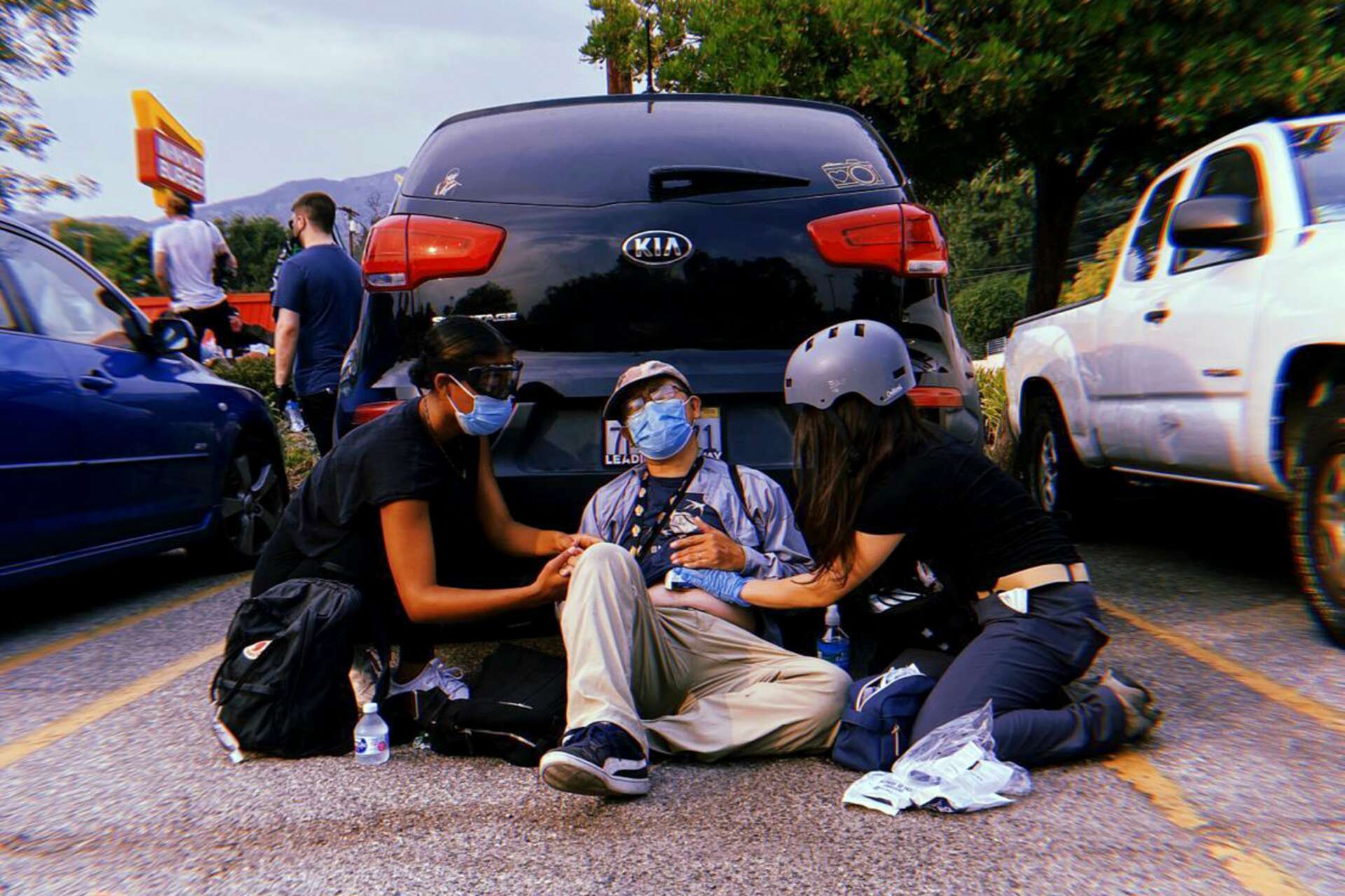
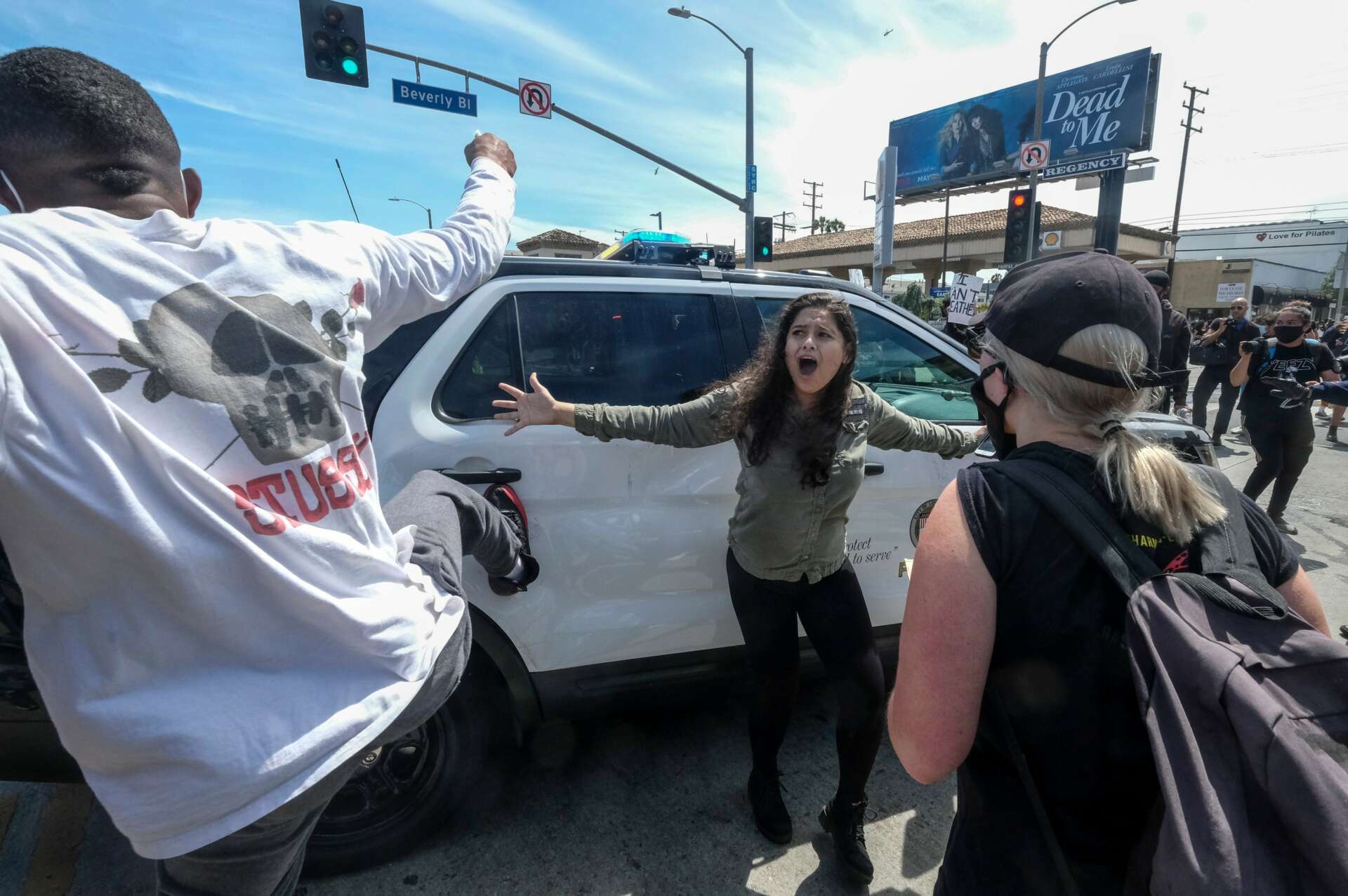

Ringo, love having you share your insights with us. Before we ask you more questions, maybe you can take a moment to introduce yourself to our readers who might have missed our earlier conversations?
I am currently a freelance photographer based in Southern California as well as a staff photographer for the Los Angeles Business Journal. My works typically cover subjects such as wildfires, sports, and breaking news for several different publications including AP, Reuters, AFP, LA Times, etc.
Wildfires and protests have always been some of my favorite news events to cover, as I greatly enjoy capturing the dramatic moments showing firefighters battling a fire, and the pure emotion and expression of a protest that tells the story behind each and every event.
I am most proud of winning the 2021 Pulitzer Prize in Breaking News Photography, covering the George Floyd and Black Lives Matter protests.
My cover of the 9/11 aftermath in New York City. On the morning of 9/11, when I heard the news on television, I was shocked along with the rest of the world. I immediately thought that the next target may be in Downtown LA, so I drove down and waited in the streets for almost half the day and luckily nothing happened. But I still very much wanted to cover this historical event, so I called my two college buddies and the next morning, we drove for 50 hours non stop across the country to New York City. Once we arrived, we stayed for 72 hours to document the aftermath of ground zero. When we returned to Los Angeles, our school decided to hold a photo exhibition for the three of us and published a book with our photos along with other students’ essays. I would say that that event holds a very memorable imprint on me, as I was not assigned to go and cover this event, yet I felt compelled to go.
I have been a freelance photographer in Los Angeles for more than 20 years. Everyday I remind myself to maintain my work as a certain standard. I want to let editors see my hard work and I believe that someday they will offer me a full time job.
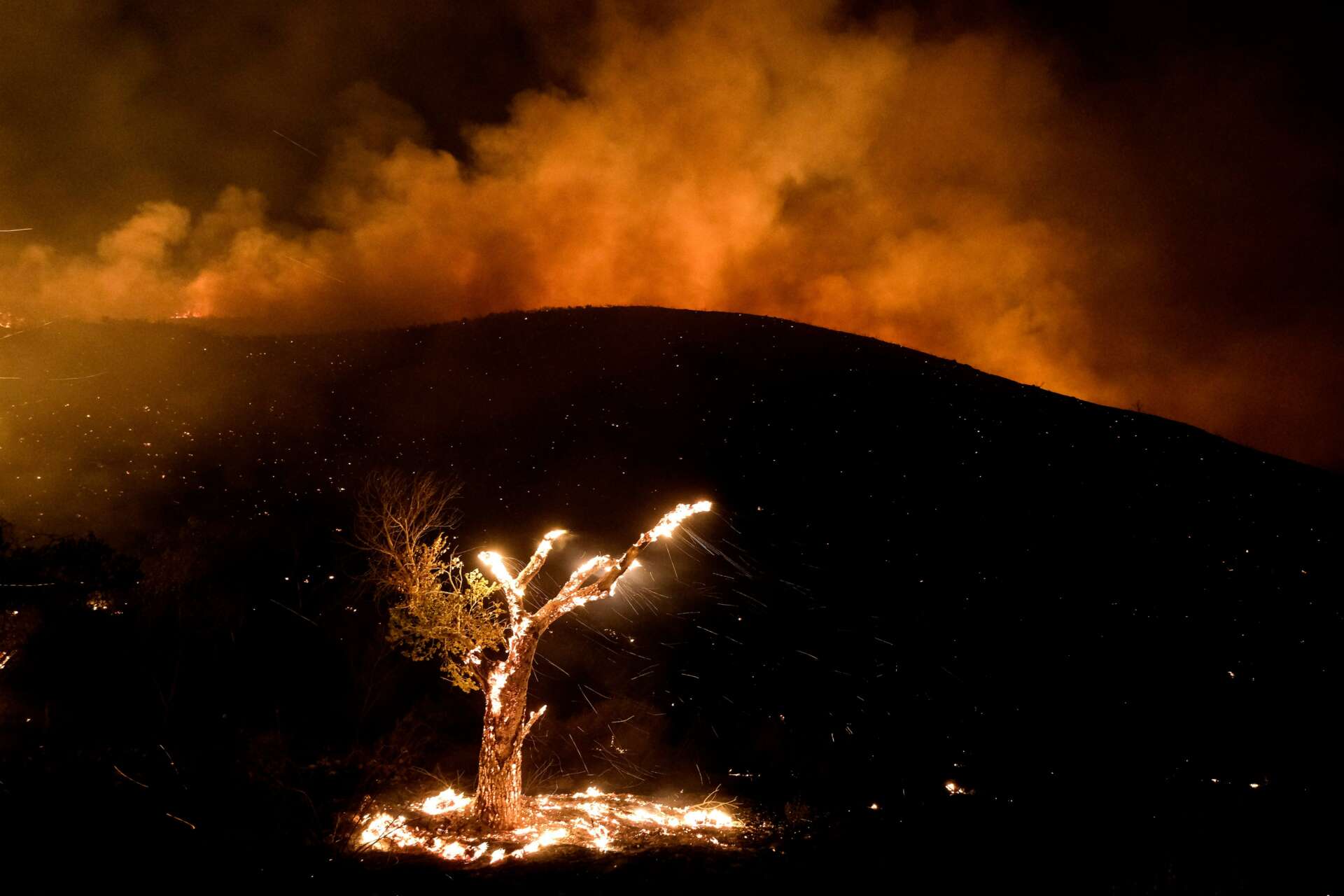
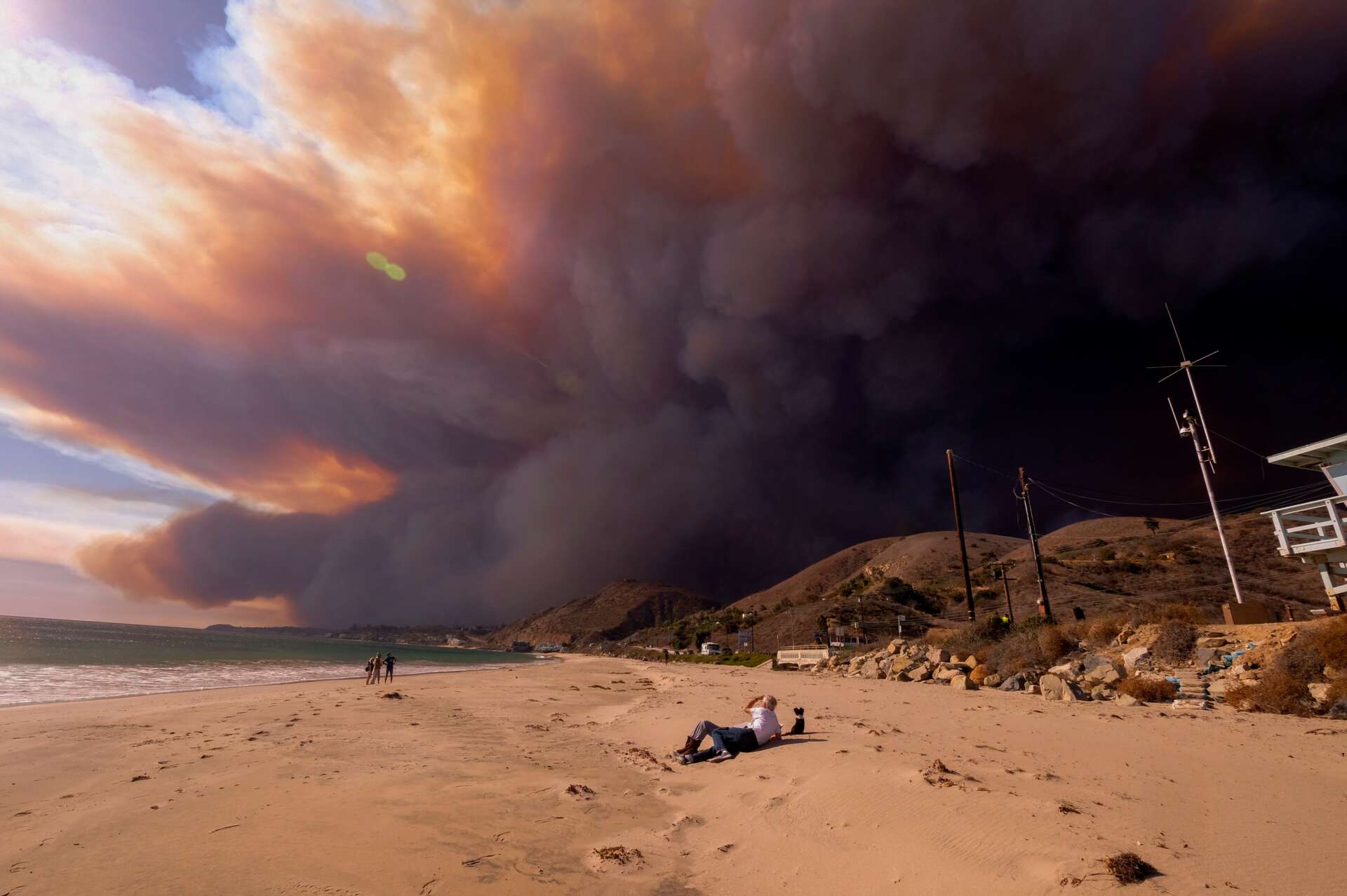
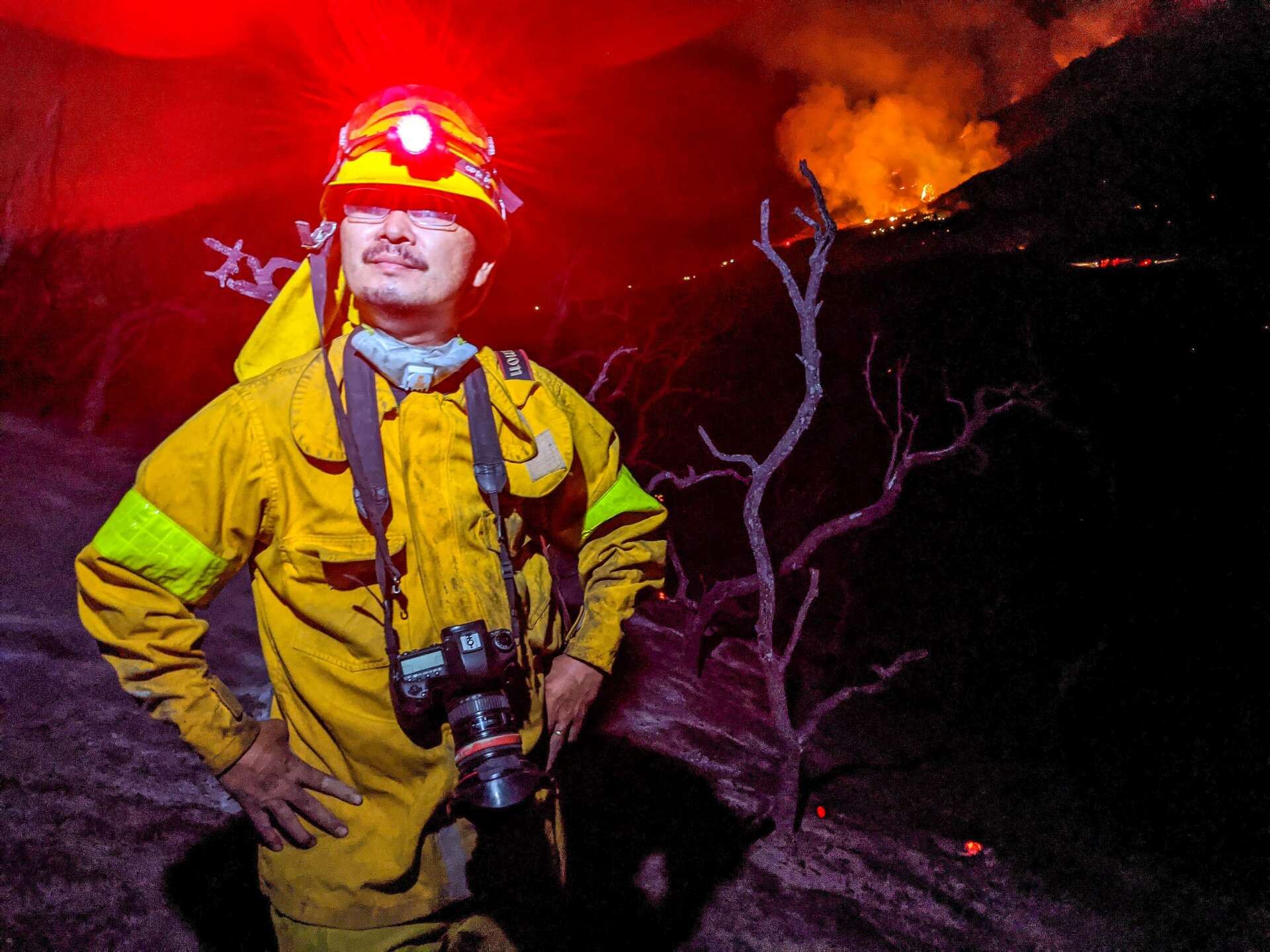
We’d love to hear a story of resilience from your journey.
In 1996, I left Hong Kong with my wife to pursue my dream in Los Angeles. I wanted to get a more formal education related to photojournalism since there was no such major in Hong Kong schools. I studied at Santa Monica college and was very fortunate to have Julia Dean as my first photojournalism professor. I got the chance to view the works of professionals that she invited during our class. I still remember a photo of Mother Teresa reading a book that LA Time staff photographer Allen Schaben showed in our class. His inspirations made me want to be like him and also reminded me that I needed to put all my effort into my work. I was also fortunate enough to be a photographer for the school newspaper, Corsair. My professor Barbara Baird gave me several opportunities to get involved in newspaper production. I was also able to help the school newspaper with setting up their digital negative scanning as I already had prior knowledge from my work experience in Hong Kong.
After studying at Santa Monica College for 2 years, I transferred to California State University of Northridge and started my photojournalism program. I would say that moment was an important turning point for my career. Because of my language barrier, communication with others was a very big obstacle for me, but the professors at CSUN never gave up on me. After explaining to them my study goals and showing them my portfolio, they designed a special major in order to fit my academic path and help me pursue my future career. During my time at CSUN I was lucky enough to get scholarship from the school and work for the school newspaper, the Daily Sundial. I was given the opportunity to learn about page design and newspaper production as well as cover a wide spectrum of events, such as football, basketball, soccer, softball, and track. In 1999, I was accepted as an no pay intern for the LA Times and work with my mentors, Bois Yaro and Steve Osman, who showed me how to work on breaking news and around police, Anne Cusack and Mel Melcom, who showed me how to take great portraits, and Ricardo DeAratanha, who showed me how to get better feature images. All of the knowledge I received from them then played a huge part in my career up until now.
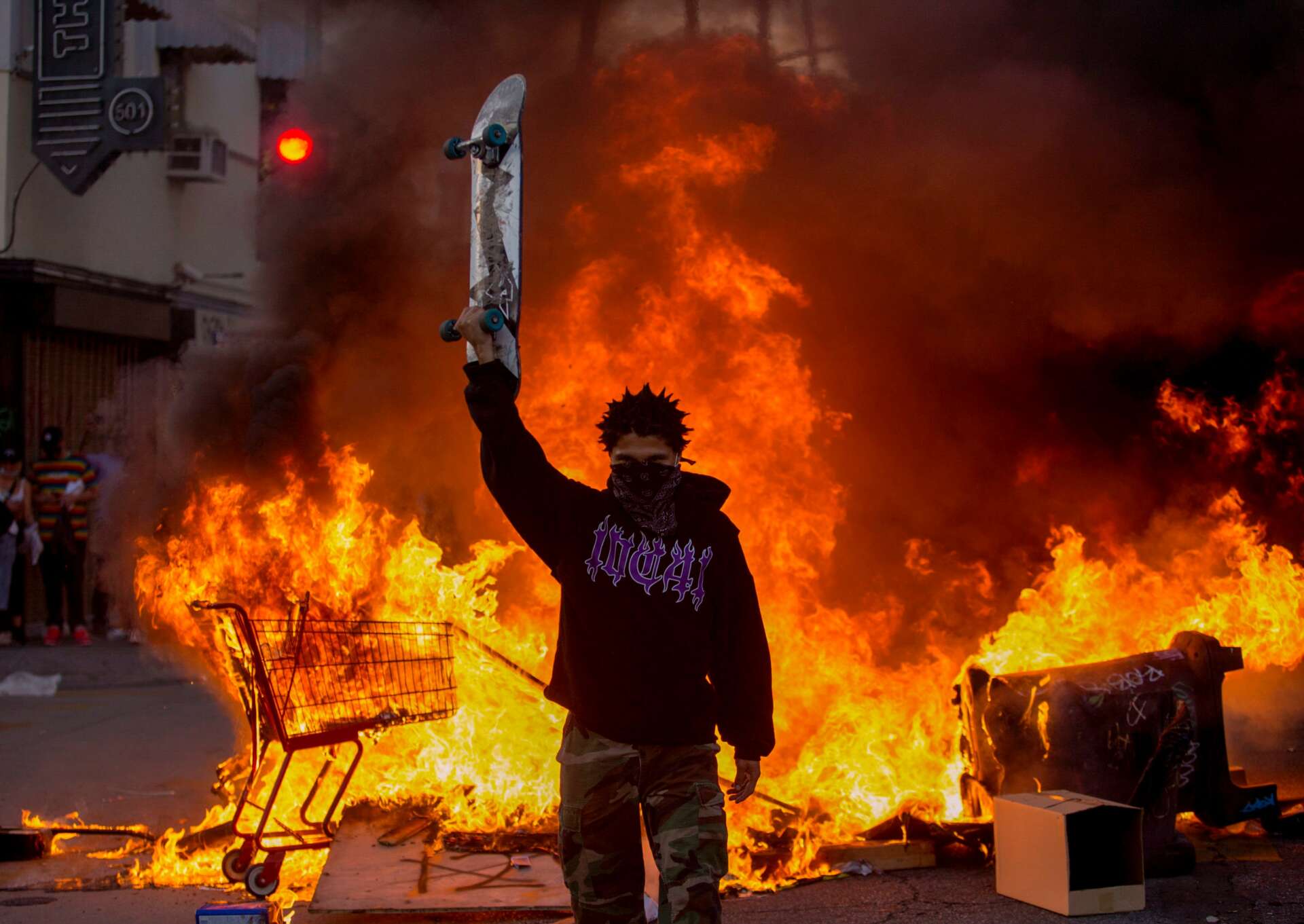
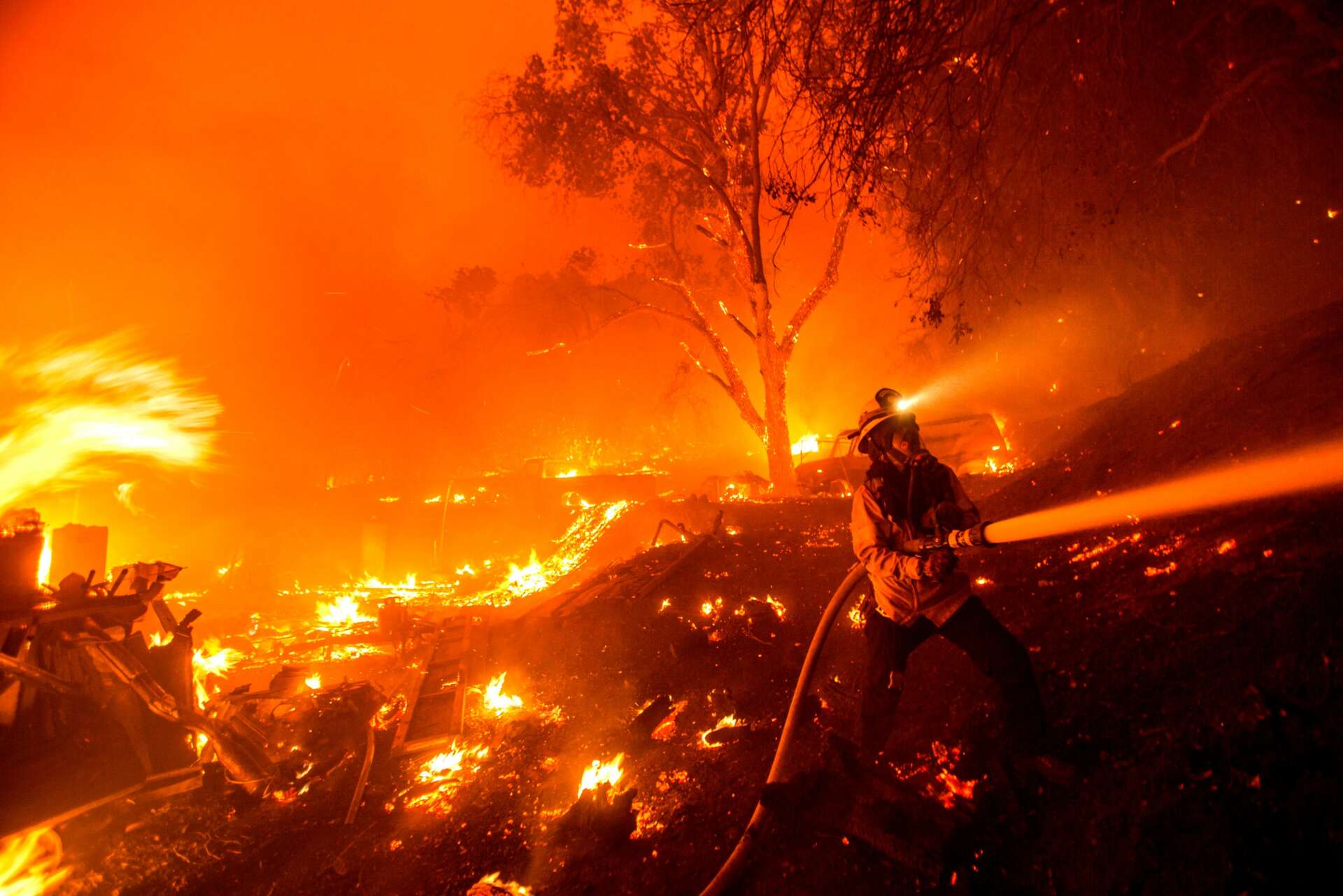
Has your business ever had a near-death moment? Would you mind sharing the story?
I had a freelance contract from the LA Times after I finished my summer internship, but I never received a single assignment from them for almost a whole year. I struggled a lot, and I remember a man who sent me a letter about my PPAGLA student photo contest result. He mentioned that he loved my work, but my breaking news photos weren’t strong enough, which was why they chose another student as the winner. Regardless of that fact, that man continued to encourage me and asked me to call him if I needed any help. That man was Rick Meyer, LA Times staff photographer. After a brief phone call, Rick took me to the LA Times downtown office and introduced me to the editors there. I received my first assignment on the very same day, and since then I had become a part of their active freelance team, working every week. He not only helped get a job when I was struggling the most, but he also volunteered to write my letter on behalf of the Press Photographers Association of Great Los Angeles (PPAGLA) to the Immigration Department for my permanent resident petition. Other photojournalists and editors that wrote letters to support my stay in the US included 1998 Pulitzer Prize winner, Clarence Williams. Without their support, my career would never have launched in the US. These individuals have also been my greatest motivators, pushing me to not waste the sacrifices and opportunities they have provided for me when I needed it the most.
During the pandemic, I, like many others,was struggling to find work since events had mostly shutdown due to lockdown, which left me with almost no income for some time. However, I still managed to cover over 400 events in the year of 2020 alone. Only one third of those jobs were hires, and the remaining was myself going out on my own, because even without the income, I realized the importance of recording and documenting this historic time in our community. In the same year, I won the Pulitzer Prize, but not without its sacrifices. While I was out covering the Black Lives Matters protest, I was shot by the police with rubber bullets 5 times, which ended up with me in the hospital, I was hit in the abdomen by a rubber bullet as well as a lifelong scar.
Contact Info:
- Website: ringochiuphotography.com
- Instagram: ringochiu
- Facebook: ringochiu
- Linkedin: ringochiu
- Twitter: ringochiu
- Youtube: ringochiu
Image Credits
Ringo Chiu shot by a LAPD rubber bullet on August 21, 2020 in the Pro Trump protest in Tujunga. Tactical responders gave him first aide treatment before drive him to hospital. Ringo Chiu at the Yucaipa Fire in Oak Glen, Calif., Saturday, Sep. 5, 2020. (AP Photo/Damian Dovarganes) People enjoy the day in the beach as the heavy smoke rises over the the Santa Monica Mountains during the Woolsey fire in Malibu, Calif., Friday, Nov. 9, 2018. The Woolsey Fire was a destructive wildfire that burned in Los Angeles and Ventura Counties of the U.S. state of California. The fire ignited on November 8, 2018 and burned 96,949 acres of land. The image was part of a series of photographs by The Associated Press that in the 2019 Pulitzer Prize Finalists for breaking news photography. (AP Photo/Ringo H.W. Chiu) A protester, center, tries to stop others from attacking a police vehicle during a protest over the death of George Floyd in Los Angeles, May 30, 2020. The image was part of a series of photographs by The Associated Press that won the 2021 Pulitzer Prize for breaking news photography. (AP Photo/Ringo H.W. Chiu) A protester raises her fist in the air next to a burning police vehicle in Los Angeles, May 30, 2020, during a demonstration over the death of George Floyd. The image was part of a series of photographs by The Associated Press that won the 2021 Pulitzer Prize for breaking news photography. (AP Photo/Ringo H.W. Chiu) A firefighter battles the Lake Hughes fire in Angeles National Forest on Wednesday, Aug. 12, 2020, north of Santa Clarita, Calif. (AP Photo/Ringo H.W. Chiu) Wind whips embers from a burning tree in a wildfire Tuesday, Sept. 6, 2022, near Hemet, Calif. (AP Photo/Ringo H.W. Chiu) A protester holds up a skateboard in front of a fire during a protest over the death of George Floyd, a handcuffed black man in police custody in Minneapolis, in Los Angeles, Saturday, May 30, 2020. (AP Photo/Ringo H.W. Chiu)


